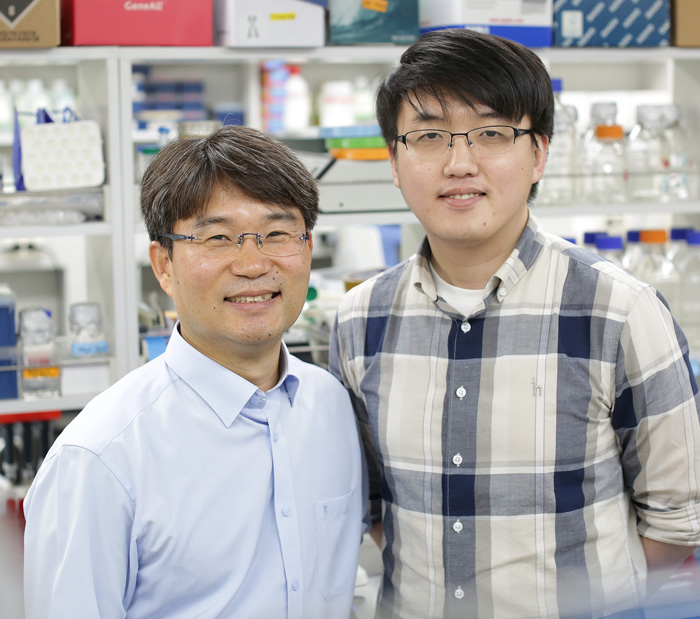Research Stories
Identification of epigenetic gene regulation in the genome of marine seaweed by Prof. Hwan Su YOON
Professor Hwan Su YOON and his research group in the Department of Biological Sciences are leading the analysis of 30 marine algal genomes, including diverse seaweeds. As the first product, they completed the whole genome of Gracilariopsis chorda and published in "Molecular Biology and Evolution" (5 years IF 14.558).
Biological Sciences
Prof.
YOON, HWAN SU
After completing the first human draft genome by the Human Genome Project (HGP) in 2003, many genome projects were initiated in the field of medicine and natural science. A genome is the total set of genetic information including all the genes of a living organism; therefore, if it is completely decoded, it will provide a lot of information about the function of the genes as well as the evolutionary relationship of living organisms. Recently, "Collaborative Genome Projects" have been launched by multiple ministries, and the Ministry of Oceans and Fisheries aims to decode genomes from 100 marine organisms.
Professor Hwan Su YOON and his research group in the Department of Biological Sciences are leading the analysis of 30 marine algal genomes, including diverse seaweeds. As the first product, they completed the whole genome of Gracilariopsis chorda and published in "Molecular Biology and Evolution" (5 years IF 14.558). It is the second complete nuclear genome among approximately 7,000 red algal seaweed species. G. chorda is a popular edible seaweed for diet foods and salads, and it is also used in the agar production industry.
From this paper, they generated a high-quality 92.1 Mb draft genome assembly from the red seaweed G. chorda, including methylation and small (s)RNA data. They analyzed these as well as other Archaeplastida genomes to address three questions: 1) What is the role of repeats and transposable elements (TEs) in the genome size variation of red algae, 2) what is the history of genome duplication and gene family expansion/reduction in these taxa, and 3) is there any evidence for TE suppression in the genome of red algae? See the details at the MBE journal website (https://doi.org/10.1093/molbev/msy081).
Furthermore, Prof. YOON’s group has utilized the genome information to the application field. For example, the carbonic anhydrase of G. chorda shows much higher activities than that of humans. The carbonic anhydrase catalyzes the rapid interconversion of carbon dioxide and water to bicarbonate and protons (or vice versa); therefore, it could be used to remove carbon dioxide from polluted gases (collaborative research with Prof. Inhwan HWANG at POSTECH). In addition, with Prof. Jong Hwan KWAK in the department of Pharmacology, they found highly effective metabolic compounds for alleviating diabetes and arteriosclerosis from G. chorda. In this manner, the genomic information from marine algae is a valuable resource not only for academic but also industrial purposes.
See Prof. YOON’s other research activities (http://bio.skku.edu/glter/wiki/Hwan%20Su%20Yoon)

